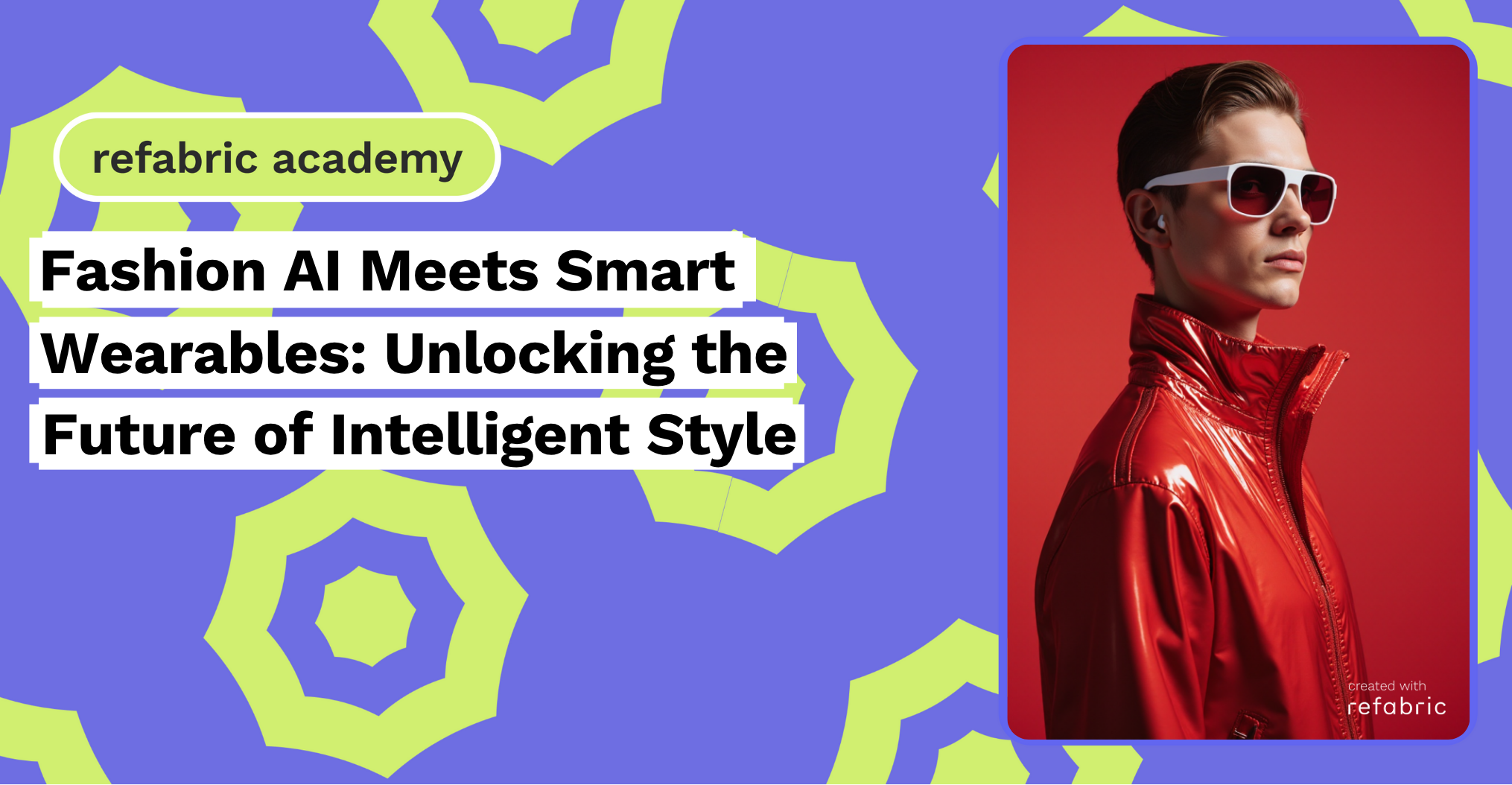Blending fashion AI with next-generation wearables is reshaping not only how we look, but how we interact with the world around us. From voice-activated smart accessories to real-time visual assistance, a new era is unfolding where aesthetics and intelligence merge seamlessly, turning everyday pieces into functional, connected style statements.
Gone are the days when wearable tech was confined to utilitarian designs. Today, fashion-forward smart devices are integrating cutting-edge AI to enhance both appearance and experience. Whether it’s eyewear with built-in AI assistants or garments embedded with biometric sensors, fashion AI is driving this evolution by bringing personalization, utility, and innovation to the forefront of design.
The Rise of Intelligent Accessories Powered by Fashion AI
Smart wearables are no longer niche gadgets, they’re evolving into cultural signifiers. Eyewear that translates languages in real time or responds to voice commands is now being designed with sleek silhouettes and elevated materials. Luxury fashion brands like Prada and Oakley are already embracing this shift, integrating AI-driven smart wearables into their collections and signaling a growing convergence between fashion, AI, and the tech-enabled lifestyle. These aren’t just tools; they’re lifestyle essentials. Fashion AI enables these accessories to adapt to user behavior, optimize functionality, and even learn individual preferences, blurring the line between clothing and companion.
Behind these innovations is the growing power of embedded AI. From contextual data recognition to generative styling suggestions, fashion AI ensures that wearables do more than track, they anticipate. Imagine accessories that adjust to your mood, or offer styling tips based on your calendar, weather, and social context. This isn’t science fiction, it’s the rapidly approaching next chapter of tech-enabled fashion.
Personalization Reimagined
What sets this movement apart is the shift from mass production to hyper-personalization. Thanks to fashion AI, wearables can now gather and interpret user data such as body temperature, movement, vocal tone to offer feedback or suggestions in real time. This level of customization is transforming the consumer experience, turning passive products into responsive style partners.
The implications are powerful: garments that regulate temperature based on climate, footwear that adapts its cushioning to your gait, or smart glasses that respond to your gaze. With AI as the brain behind these wearables, fashion becomes more intuitive, interactive, and user-centered than ever before.
Aesthetic Meets Algorithm
As smart tech integrates more deeply into fashion, the focus is shifting toward harmonizing design and intelligence. Fashion AI plays a central role here, ensuring that functionality doesn’t come at the cost of form. Designers and engineers are now collaborating from the earliest stages, merging fabric innovation with algorithmic thinking to create products that are both beautiful and deeply useful.
Minimalist shapes, lightweight materials, and timeless silhouettes are paired with invisible tech components, making smart wearables not just acceptable in style-led circles but aspirational. This signals a new mindset in the fashion world: one that values utility as a design element, not a compromise. Fashion AI plays a key role in this shift, enabling designers to embed intelligence without disrupting visual harmony. The result is a new design language where elegance meets innovation, and aesthetics are enhanced, not overshadowed, by technology.
The Path Forward
As adoption grows, the fashion AI and wearables space will only expand, moving beyond accessories and into full-body experiences. Think of smart outerwear that communicates with your car, or AI-enabled jewelry that syncs with your wellness goals. The possibilities are endless, and the appetite is growing.
For brands and creators, this is an opportunity to rethink what fashion can be. It’s not just about dressing for the moment, it’s about designing for interaction, expression, and evolution. Intelligent style is no longer just about what you wear, but how what you wear works for you.
